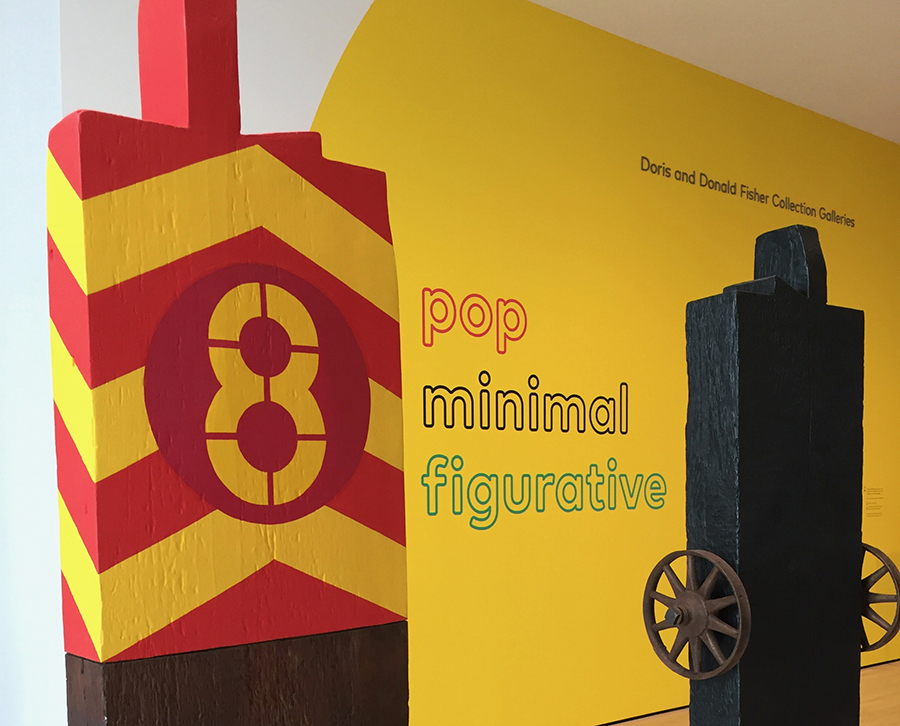First There Was Common Sense (C)
I’ll admit—when I was first required to learn a “new” project management methodology, I was less than pleased. In my mind project management = common sense, something every organizational fiend pretty much has in hand. But seeing that the tide was not going my way, I determined to hop the band wagon. (I could always offer sarcastic comments a la mode.)
Come to find out, much to the chagrin of others, Agile methodology training was the most validating thing EVER. I MEAN EVAH EVAH.
First of all, these people embrace a principle that every project manager is wedded to: The art of saying no. Here are a few other things we definitely believe in common:
- Good project management starts with budget and timeline at top of mind rather than designing the perfect project to build.
- Specialists, and the team, should determine the best way to achieve a desired outcome rather than the person “in charge”.
- The product owner (or account manager or marketing manager) is the main spokesperson for the product/project/client.
- Team members can participate in multiple sprints related to multiple projects.
- Scrum is not the only Agile way to manage projects.
- More people can be involved than the product/project owner, scrum master, and scrum team—in Scrum they are called the technical analyst, the business analyst, and the functional analyst.
Agile training was like nirvana for geeks experienced in real-life management. (Shout out to the Agile Dad company whose foundations training in Agile is outstanding.)
Agile Helps With Hang-Ups Project Managers Face
Project management can get hung up on all sorts of stuff and Agile methodologies do offer some common-sense ways to cut through the noise. Here are some examples:
Processes & Checklists
As a certified PMP, I can attest to the number of processes attributed to “traditional” project management.* They frequently involve lists and lists of lists. Agile posits that if something has been in a backlog forever without getting done, maybe it should just be removed from that backlog, ‘cause how important is it really?
Agile also suggests making processes work for you. If your team likes a process that is less Agile-based and more team-based, as in makes more sense to the team as a way to do things, then your team’s ideas should be prioritized over codified processes. We value people over processes. (Find this in the 12 principles of the original Agile Manifesto.)
Deadlines
Deadlines can create all sorts of stressors, particularly if you are working with a difficult sponsor who refuses to stay in scope. I have worked with numerous stakeholders that are impulse driven. They personally function much better at the last minute. Unfortunately, I have never seen anything come about through this method that couldn’t be done during reasonable work hours with proper planning. (The theater is rife with this sort of mismanagement.)
Unreasonable hours and expectations also lead to burnout and dissatisfaction. Simply put, the stakeholder’s need for a high rarely results in a better functioning or higher quality product. Production under these methods also frequently leads to a lot of time and resource waste, because impulsive decisions beget fractured vision and lower quality work.
Agile suggests literally completing the simplest foundation for the product or service first that can reasonably be presented and then adding to it over upcoming periods. While this may take the wind out of some ego-sails (who shouldn’t be managing the project anyway), it will result in a higher quality product built through sustainable practices.

Aside: In a recent visit to the San Francisco Museum of Modern Art, I was reminded that the pop-culture artists subscribed to a similar theory—rather than wear their valued selves out as a commodity, these big names started studios where they delegated the production of their work (this might be likened to automation in Agile).
The SFMOMA’s curator summarized it thus:
Such arrangements shifted the emphasis from the creators to the means of production and provoked a dialogue about the nature of art and its position within American culture.^
So did the Agile management philosophies question the traditional project management school of thought.
Scoping & Complexity
Any and all estimates are guestimates. You can scope a project down to the very tiniest details, but there are so many variables that scoping can be truly a time suck. In the particular corners of Agile I explored, the practitioners recommended what they called story points (features or tasks scored by points). The tasks or features could be measured through likening T-shirt sizes to tasks or estimating complexity through planning poker.
I say, just straight up, rate tasks by complexity, which could be defined by:
- number of entities you engage with,
- difficulty of task,
- skill-level, and
- the like.**
It may be a hard concept for some team members to grasp as it’s a method of taking abstract or unknown quantities and quantifying them, but I believe everyone can learn it to some extent. (And grappling with playing poker cards based on the Fibonacci sequence, which on the cards go up to 400 pts, can give you a brain fart on an equivalent scale.)
Complexity scoring is also a guestimate, just like every other measure of scoping. There is no perfect equation; HOWEVER, if you have a project manager who has worked with a team for awhile, her gut guesses will most likely ring true. (Or maybe just mine have over the last year or two.) This is because the person engaging with the team’s actual work on a regular basis will have a good understanding of team capabilities and work that can be accomplished.
Stakeholder Engagement
Stakeholder engagement is really so very individuated per product and project, it’s almost impossible to quantify. Agile tries to simplify it by having one product owner who is the speaker for the stakeholders or at most a product owner assisted by analysts. Agile also makes some recommendations for project delivery: Must-haves and then should-haves followed by could-haves and would-likes (MoSCoW acronym as delivered by those Agile Dad peeps).
Personally, I find that getting the foundations of a project done and then delivering something desired (but probably unnecessary) is the key to most stakeholders’ hearts. Appease the revenue makers, but then deliver some frosting on top—find a political goldmine that’s relatively simple and make good on that.
While we (project managers) can’t be the heroes, magically rescuing our stakeholders from bad situations they find themselves in, we can still make ourselves look good if we manage it right. Substance delivered with a little style…
Power to the Vocab
The most fabulous thing about Agile is being able to explain the methodologies to other people. Somehow the vocabulary impresses people. You could have run multiple amazing projects and accomplished feats not truly understood, but until you can also spout industry vocab, you will always be second place.

True Agile aficionados may claim that Agile was born at Snowbird in Utah with the release of the Agile Manifesto in 2001,^^ but the rest of us know that before the alphabet (as we know it) was introduced, other systems and processes have been continuously evolving. (Let me tell you sometime about management processes in the theater. I swear I learned everything I know from working in the theater.)
I do believe that everyone can find significant value in formal training in Agile methodologies, but I also know that practical common sense is an undervalued commodity in business today. And don’t forget the layer that experience adds to the mix. All the training in the world can’t compete with real life experience and/or familiarity with the type of work being done.
So, A may be for Agile and B for its Birth, but C is most definitely for Common Sense.
*Quotes courtesy of the fact that while there is a codified project management philosophy, many of us use combinations of common sense processes that might be classified as the old school way to manage projects, but which are really processes streamlined through experience that use techniques from the whatever-works-best school of thought.
^Taken from curatorial notes at SFMOMA about the pop art exhibit. Feel free to contact me if you want a photo of the text as I took a picture of the exhibit description on the wall!
**Complexity scores were something I learned about via a project management team in the healthcare organization I work in. They are also a measure of common sense. For example, if you are at the grocery store looking for the shortest line, making a judgement based on which line appears to be moving fastest ain’t going to cut it. The interaction between cashier and customer generally takes longer than actually scanning merchandise. Although, really, even self-check out can take just as long…
What’s Up With That: Why You Always Seem to Choose the Slowest Line https://www.wired.com/2014/07/whats-up-with-the-other-line-is-always-faster/ via @WIRED
^^https://en.wikipedia.org/wiki/Agile_software_development
